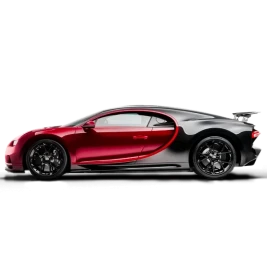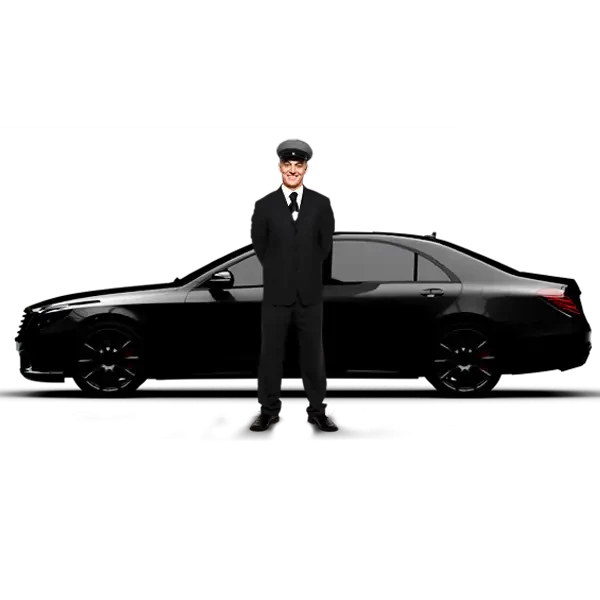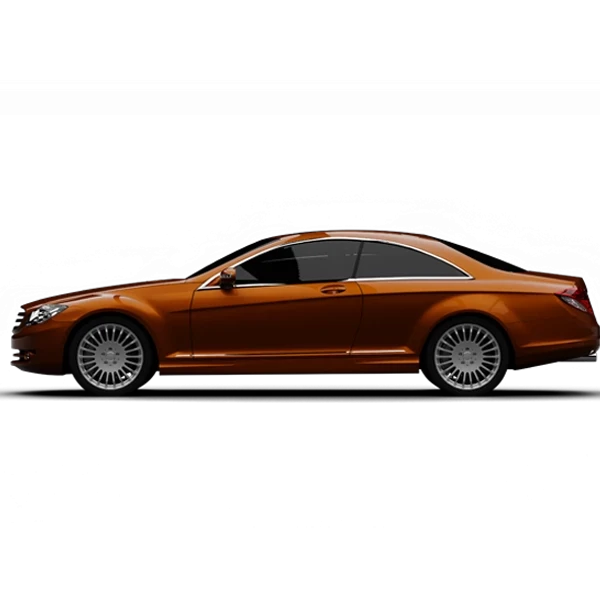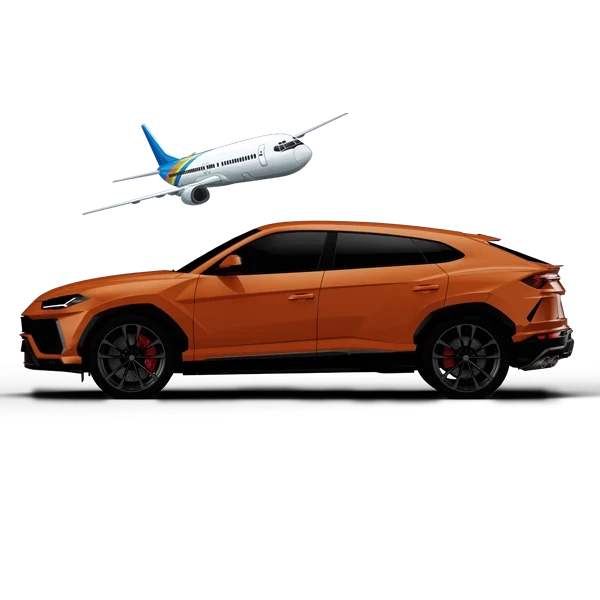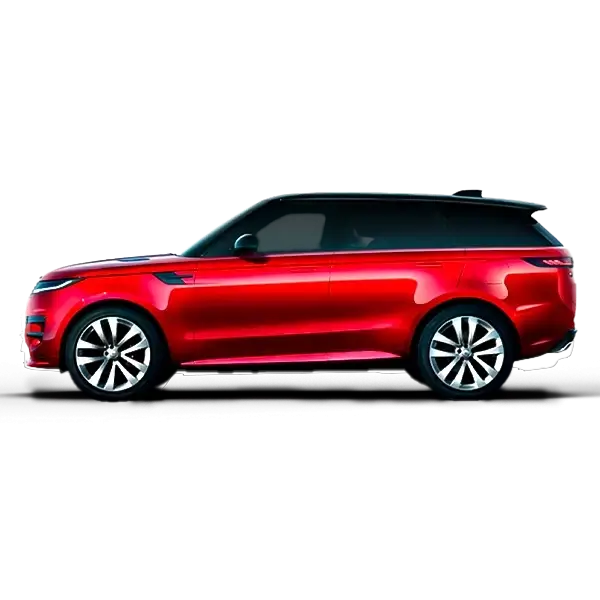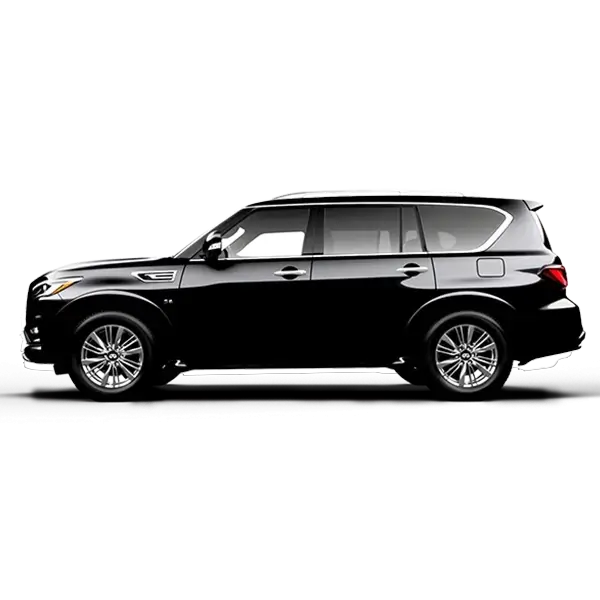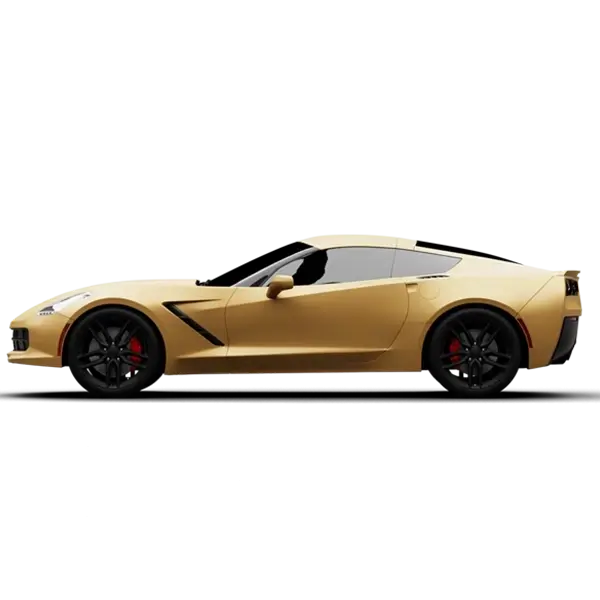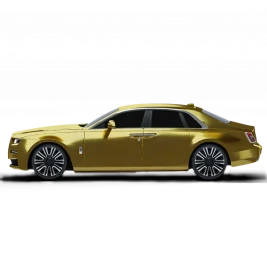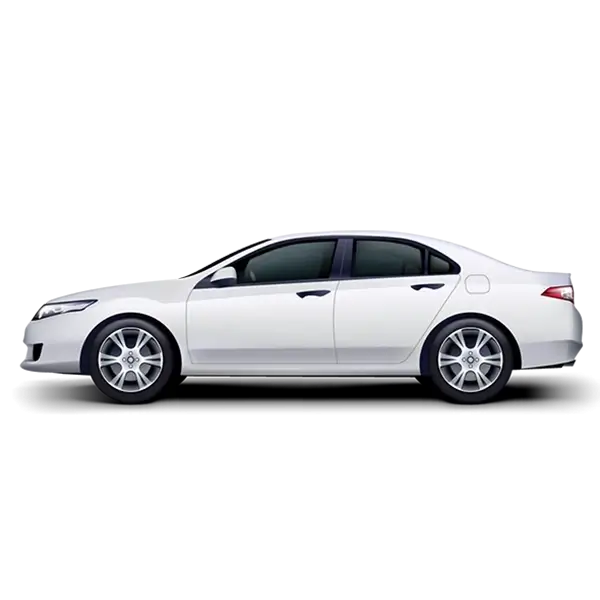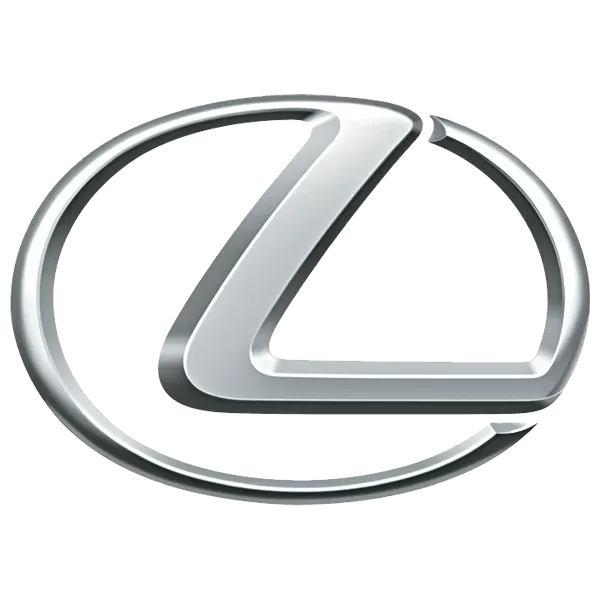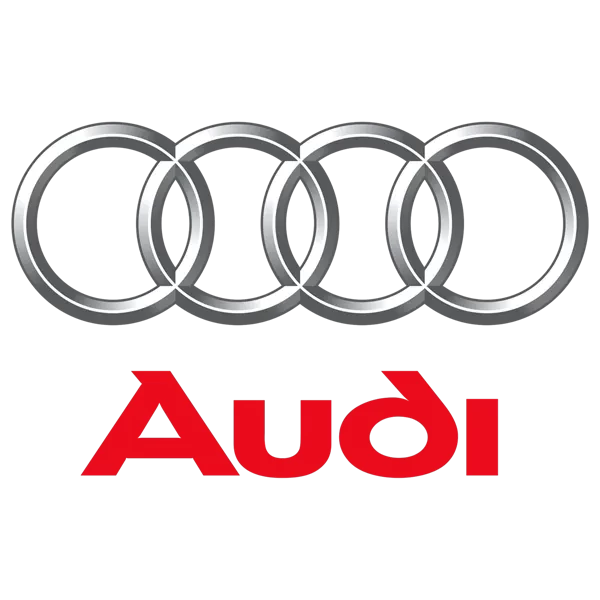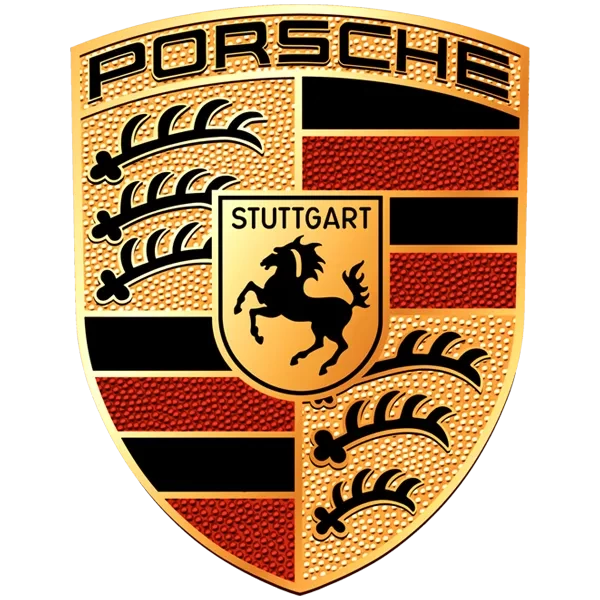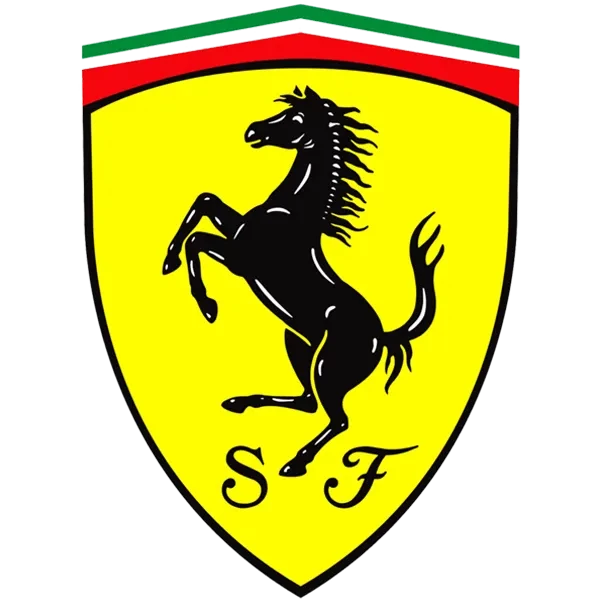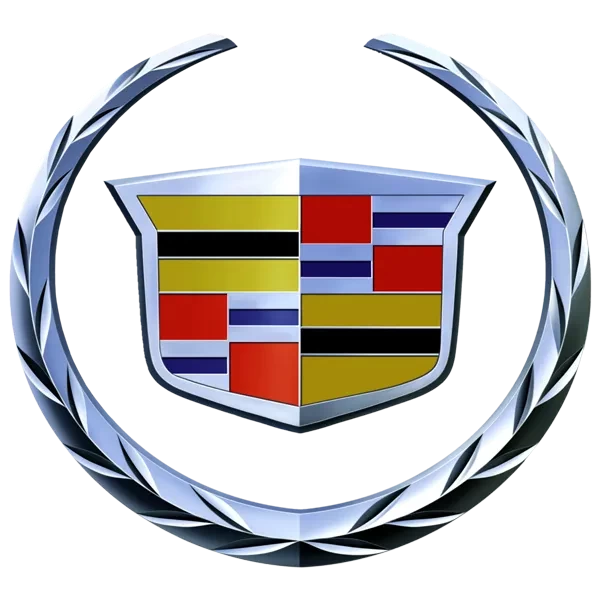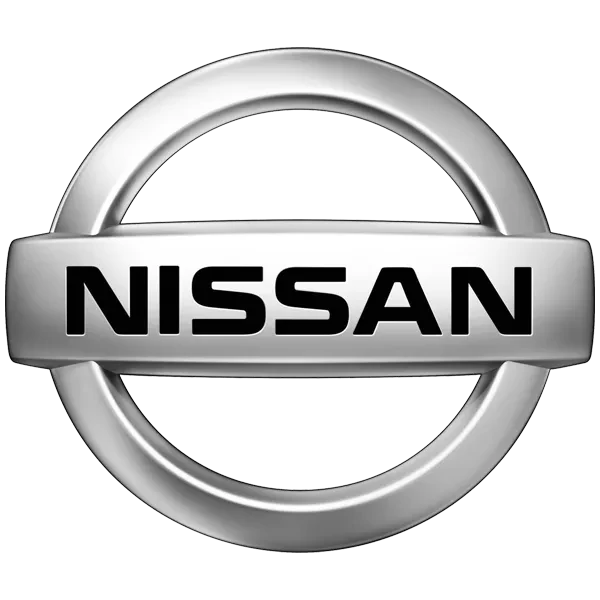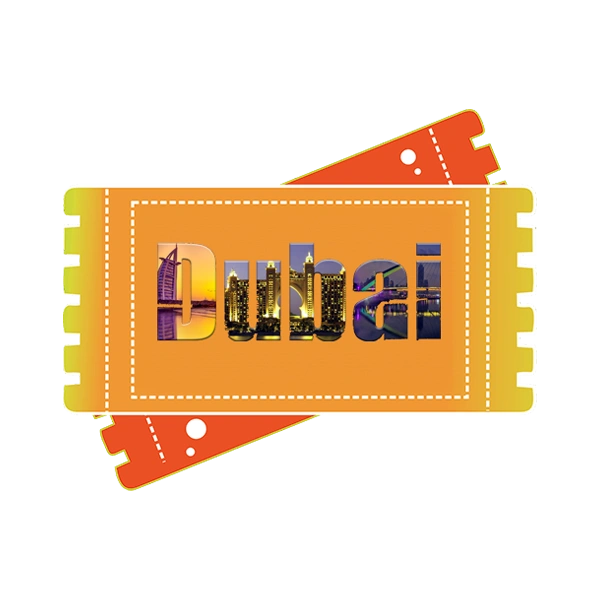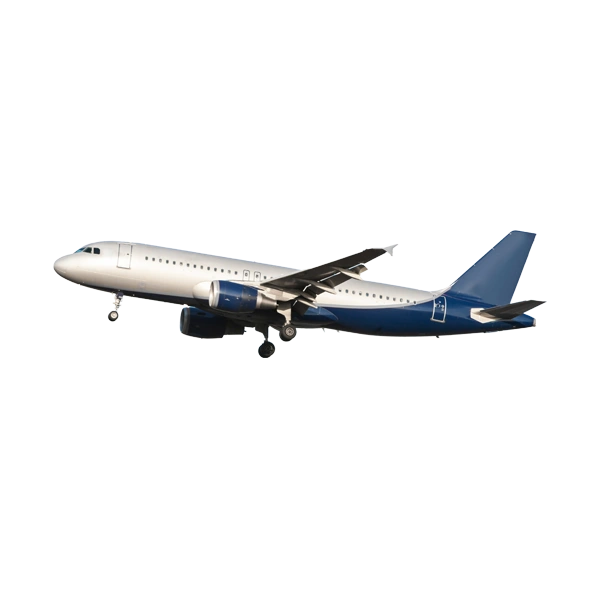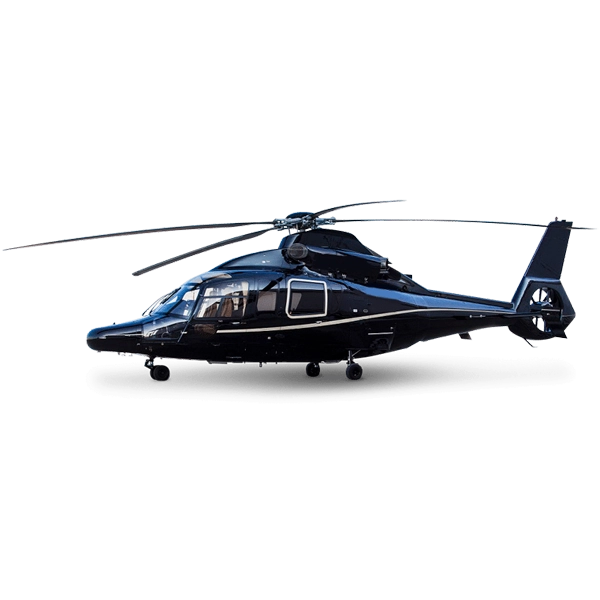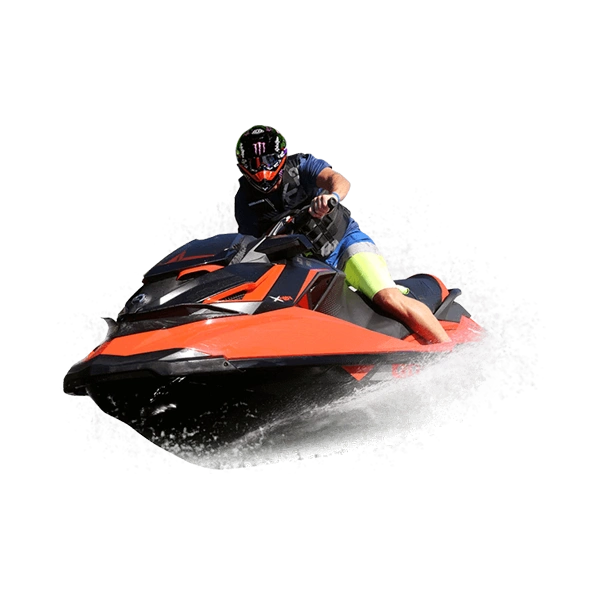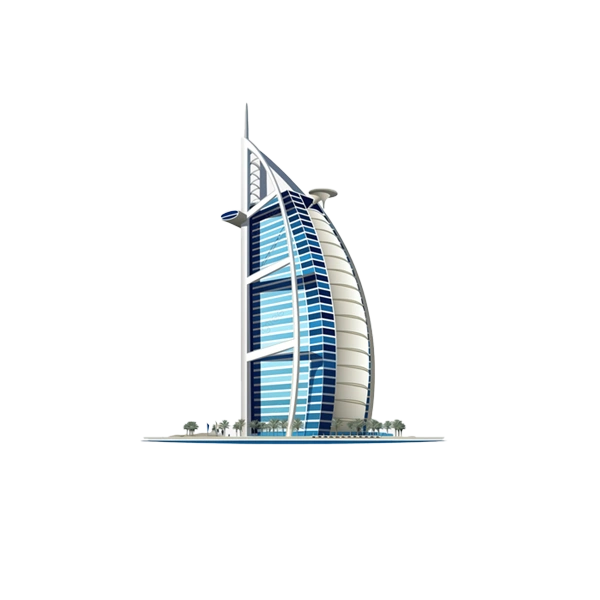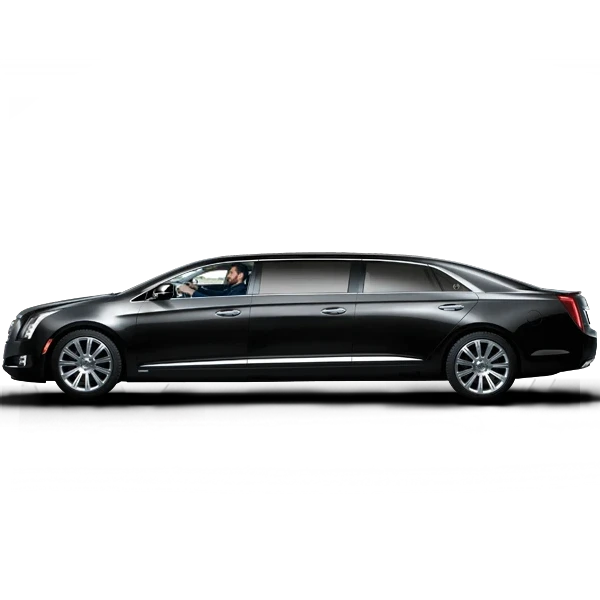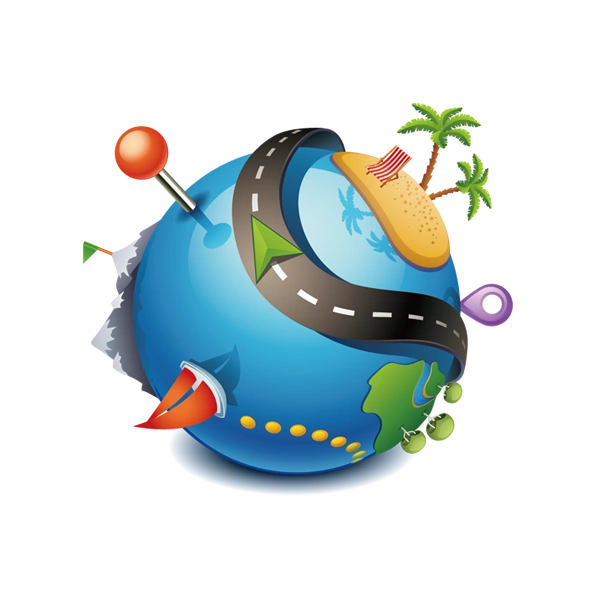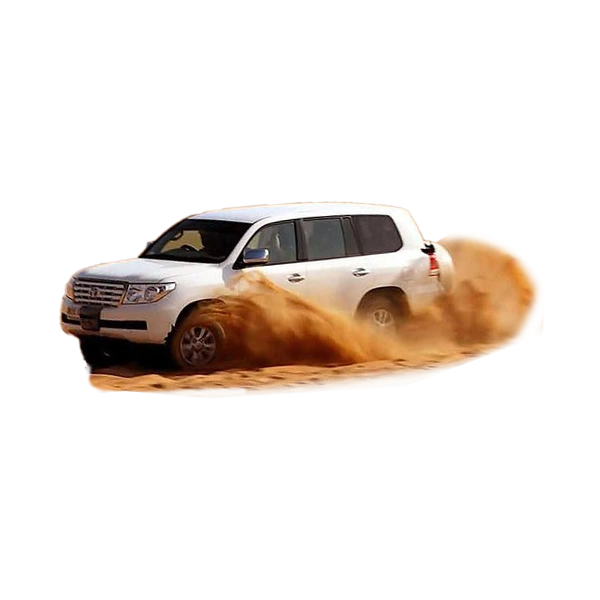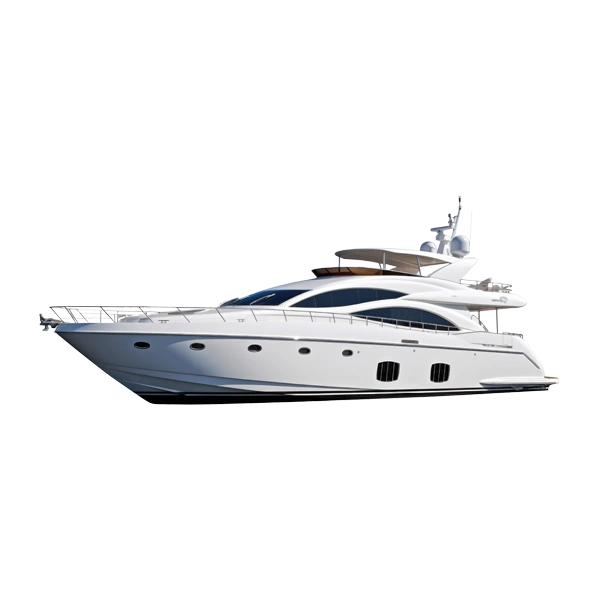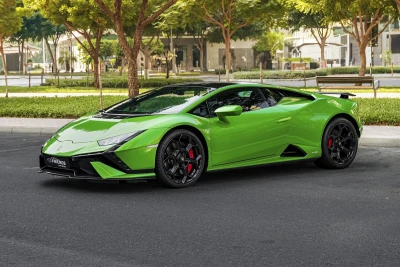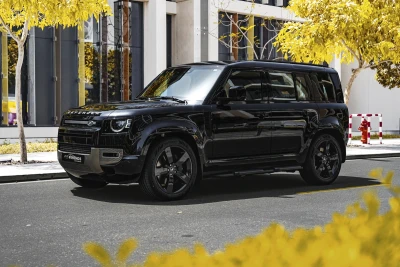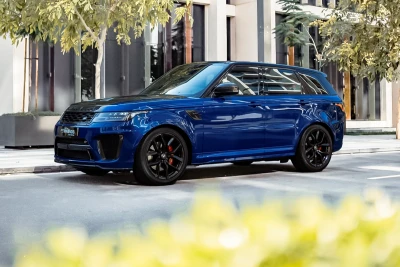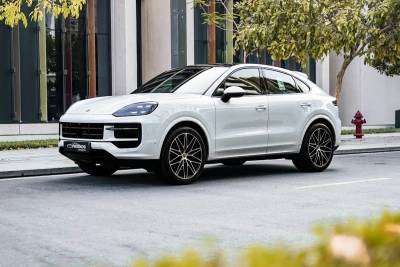How AI is Helping Improve Dubai's Traffic?
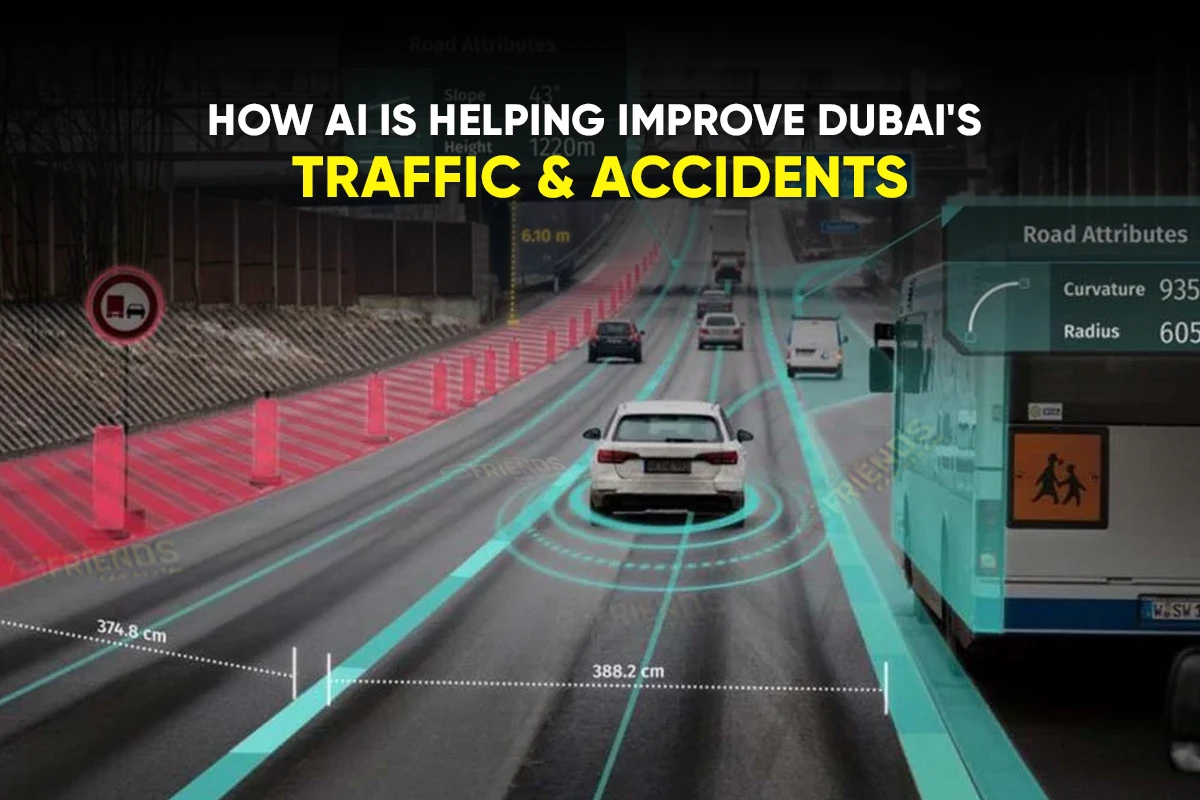
Dubai aims to establish itself as one of the global leaders in advanced & innovative mobility soon. Achieving such a remarkable goal requires substantial investment in futuristic technologies & infrastructures—from flying taxis to AI-powered traffic systems in Dubai. Dubai’s ambitious efforts are showing results, evident in the implementation of several AI traffic solutions Dubai since 2017. In this article, we’ll explore how AI is helping improve Dubai’s traffic—data-driven executions for smoother traffic flow, quick responses, & accident mitigation. Let's dive in.
What is AI in Traffic Management?
Before we move on to Dubai Road and Transport Authority (RTA’s) AI-driven initiatives, let’s first recap what Artificial Intelligence (AI) actually is in traffic management. AI in transportation often leverages the capabilities of machine learning (ML), where computers learn from data to predict traffic patterns and perform predictive analytics to forecast congestion to help plan better routes. AI also includes other technologies like rule-based systems, computer vision, and (Internet of Things) IoT to improve mobility, safety, and efficiency in the transportation sector.
In simple language, AI in traffic management is the use of advanced computing technologies to predict, forecast, and implement data-driven initiatives for smooth traffic flow.
Key AI-Powered Traffic Solutions in Dubai
With an understanding of the fundamentals of Dubai AI traffic management, let’s explore the key AI-powered traffic system components. We’ll see how these AI components are being used in Dubai traffic management & their positive influence on the Emirate’s mobility sector.
1. UTC-UX Fusion System
What is the UTC-UX Fusion System? It’s the Dubai RTA’s next-gen AI traffic signal control system. Currently being rolled out across the emirate’s major intersections, it adjusts traffic lights in real-time using predictive analytics and digital twin technology. RTA’s official Insta post indicates the projected congestion cut will reach up to 20%.
The UTC-UX Fusion Dubai prioritizes emergency vehicles and supports future tech like vehicle-to-infrastructure communication (C-ITS/V2X). This smart traffic solution will definitely promote shorter wait times and smoother traffic flow, even during peak hours. With strategic deployments starting from July 2025, authorities anticipate its completion by the first half of 2026.
2. AI for Highway Safety
AI for Highway Safety is an intelligent system that monitors & detects real-time road hazards, utilizing multimodal data. Developed by Emirati twins Abdulla and Abdulrahman Almarzooqi, this AI enhances overall road safety, complementing the RTA’s Intelligent Traffic Systems (ITS) Centre. This Dubai traffic AI system feeds off of big data analytics and decision-support technologies, while analyzing real-time data from cameras and sensors to quickly identify accidents, breakdowns, or other disruptions.
This AI for Highway Safety alerts authorities instantly to any mishaps on the highways, reducing response times. It will be literally a lifesaver on Dubai’s busy highways when it undergoes full implementation. It is a promise to make Dubai’s roads more secure for all—by preventing collisions and improving emergency coordination.
3. Predictive Traffic Models
Predictive traffic models are the cornerstone of Dubai's AI strategy for traffic management. These sophisticated models leverage Dubai’s massive data collection (over 670 terabytes since 2017) to train ML algorithms. This allows them to accurately predict traffic patterns, forecast congestion, and optimize public transportation route planning.
These enhanced predictive models empower Dubai RTA to proactively manage traffic, plan better routes, and implement adjustments to minimize delays. As an integral part of the Intelligent Transport Systems (ITS) Phase II, they also analyze data from cameras and sensors to predict traffic patterns, contributing to a 20% to 30% reduction in overall travel times. By 2026, all of Dubai’s highways will feature these AI models.
4. Smart Pedestrian Signals
Dubai’s smart pedestrian signals use AI-powered thermal cameras and optical sensors to detect pedestrians and adjust crossing times dynamically. While these signals might not be standalone AI initiatives compared to other large-scale AI systems, the RTA's AI Strategy 2030 explicitly aims to improve these intelligent pedestrian mobility solutions in the coming days. In fact, Dubai recently completed Phase Two of its Smart Pedestrian Signal Expansion Project, bringing the total number of locations equipped with these advanced signals to 27 across the emirate.
These signals significantly improve safety at busy intersections by reducing accidents and ensuring smoother traffic flow. Drivers and pedestrians alike benefit from safer, more efficient crossings, with the system capable of dynamically adjusting signal duration based on walking speed to provide more time for seniors, people of determination, and children. By optimizing signal timings based on real-time pedestrian presence, they also contribute to reducing unnecessary vehicle stops and improving overall traffic efficiency. These Dubai RTA AI traffic signals align perfectly with the emirate's pedestrian-friendly urban goals.
5. Other AI Innovations in Dubai’s Traffic
Smart Traffic Management: Dubai’s Intelligent Traffic Systems Centre uses AI to monitor roads in real-time, reducing delays and managing incidents across the city.
AI-Powered Bus Network Management: This system optimizes bus routes and schedules using ridership data, cutting wait times for commuters.
Smart Road Asset Assessment System: It uses AI and LiDAR technologies to assess road conditions, prioritizing maintenance to ensure smoother drives.
Nota Vision Agent: This generative AI analyzes video data to detect incidents quickly, enhancing response times with minimal cloud reliance.
How AI Benefits Dubai Drivers
After a comprehensive elaboration of the AI traffic solutions Dubai and their impactful significance in maintaining a flawless urban mobility, take a look at how AI benefits the commuters in Dubai.
Shorter commute times.
Reduced traffic delays.
Fewer frustrating stops at traffic lights.
Safer roads and reduced accident risk.
Quicker assistance in case of incidents.
Better access for emergency vehicles.
Reduced stress during driving.
More predictable travel times.
Lower fuel costs due to smoother flow.
Improved driving behavior (via risk scoring systems).
Fairer insurance premiums based on driving habits.
Enhanced pedestrian safety at crossings.
Dubai’s Vision: AI and the Future of Traffic
Dubai aims for 75% clean energy and sustainable mobility by 2050, and at the heart of this grand ambition lies AI-powered traffic management. From the introduction of flying taxis to the widespread adoption of autonomous public transport – much of which will be electric vehicles – a truly remarkable and sophisticated AI implementation will be crucial for seamless operation across the emirate.
These initial steps, where AI currently monitors roads and detects rule violations, are laying the groundwork for extremely mesmerizing yet sophisticated and interconnected systems. These future systems will not only streamline city traffic but also automate the complete transport ecosystem with minimal human interference. This comprehensive automation is Dubai's ultimate goal.
We are already witnessing the evolution of AI solutions like the UTC-UX Fusion system and predictive models, which will significantly contribute to lower fuel use and emissions, actively supporting a greener city. Soon, key future technologies, such as Cooperative Intelligent Transport Systems (C-ITS/V2X) and the full completion of the UTC-UX Fusion system (anticipated by the first half of 2026), will firmly anchor Dubai's sole vision: making it a global leader in smart traffic management and a beacon of intelligent urban mobility.
FAQ:
How ai is helping improve Dubai's traffic?
AI in Dubai’s transportation is helping the authorities to streamline traffic, reduce congestions & waiting times, enhance pedestrian safety, and apprehend law-breakers with ease. Different AI models leverage live data feeds and existing databases to predict and forecast possibilities, which helps in a seamless flow of traffic in the urban roads of Dubai.
How is ai being used in dubai traffic management?
AI in Dubai is being used by RTA and police in several ways to manage traffic, which includes real-time signal control, hazard detection, traffic forecasting, pedestrian safety, road monitoring, bus route optimization, road maintenance, and incident analysis.
How does AI reduce traffic congestion?
AI reduces Dubai’s traffic congestion by using systems like UTC-UX Fusion to adjust traffic lights in real-time, cutting delays by up to 20%, and predictive models to optimize routes, targeting 20–30% shorter travel times by 2026. AI also streamlines bus routes, easing road pressure.
Is AI safe for traffic management?
Yes, AI is safe for Dubai’s traffic management because it uses reliable systems like UTC-UX Fusion to prioritize emergency vehicles and reduce intersection collisions. The Nota Vision Agent and highway safety AI detect incidents instantly, ensuring rapid, accurate responses to enhance road safety.
Conclusion
AI is undeniably set to become Dubai’s pivotal element in every sector, including the transport industry, in the near future. It will likely serve as a global reference point for national development and technological advancement. Dubai has keenly foreseen this probability, investing massively in AI technologies, especially within its transport sector, to achieve truly remarkable goals.
Already, the significance of these investments is clearly portrayed in the seamless management of millions of daily commutes. While this is just the beginning of how AI is helping improve Dubai’s traffic and reduce accidents, by the end of 2026, we are poised to witness substantial enhancements and some incredible achievements in the city's mobility landscape. Dubai’s ambitious drive for global leadership in smart automotive solutions and green urban mobility will certainly continue to empower this innovation.
We've explored the significant ways AI is transforming Dubai's roads. Now, we'd love to hear your perspective: Do you believe AI will fundamentally change Dubai’s automotive spectrum? Share your thoughts in the comments below!
Written by: FriendsCarRental
Published at: Tue, Jul 15, 2025 2:07 PM
Leave a Reply
Your email address will not be published. Required fields are marked *
Car Rental in Dubai
AED 2500
DAY
AED 0
MONTH
-
 SUV
SUV -
 4 Doors
4 Doors -
 5 Seats
5 Seats
- 1 Day Rental Available
- Deposit: Not Required
- Insurance Included
AED 5500
DAY
AED 0
MONTH
-
 Sports
Sports -
 2 Doors
2 Doors -
 2 Seats
2 Seats
- 1 Day Rental Available
- Deposit: Not Required
- Insurance Included
AED 1200
DAY
AED 0
MONTH
-
 SUV
SUV -
 4 Doors
4 Doors -
 5 Seats
5 Seats
- 1 Day Rental Available
- Deposit: Not Required
- Insurance Included
AED 1600
DAY
AED 0
MONTH
-
 SUV
SUV -
 4 Doors
4 Doors -
 5 Seats
5 Seats
- 1 Day Rental Available
- Deposit: Not Required
- Insurance Included
AED 1500
DAY
AED 28500
MONTH
-
 SUV
SUV -
 4 Doors
4 Doors -
 5 Seats
5 Seats
- 1 Day Rental Available
- Deposit: Not Required
- Insurance Included

 عربي
عربي
 English
English
 Français
Français
 Русский
Русский
 中国人
中国人
 Nederlands
Nederlands
 Española
Española
 Türkçe
Türkçe
 Italiana
Italiana

